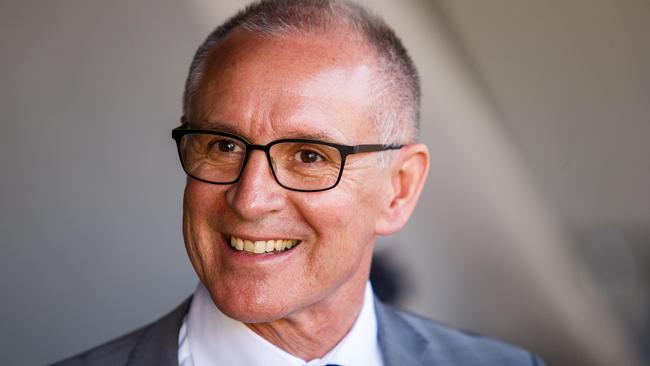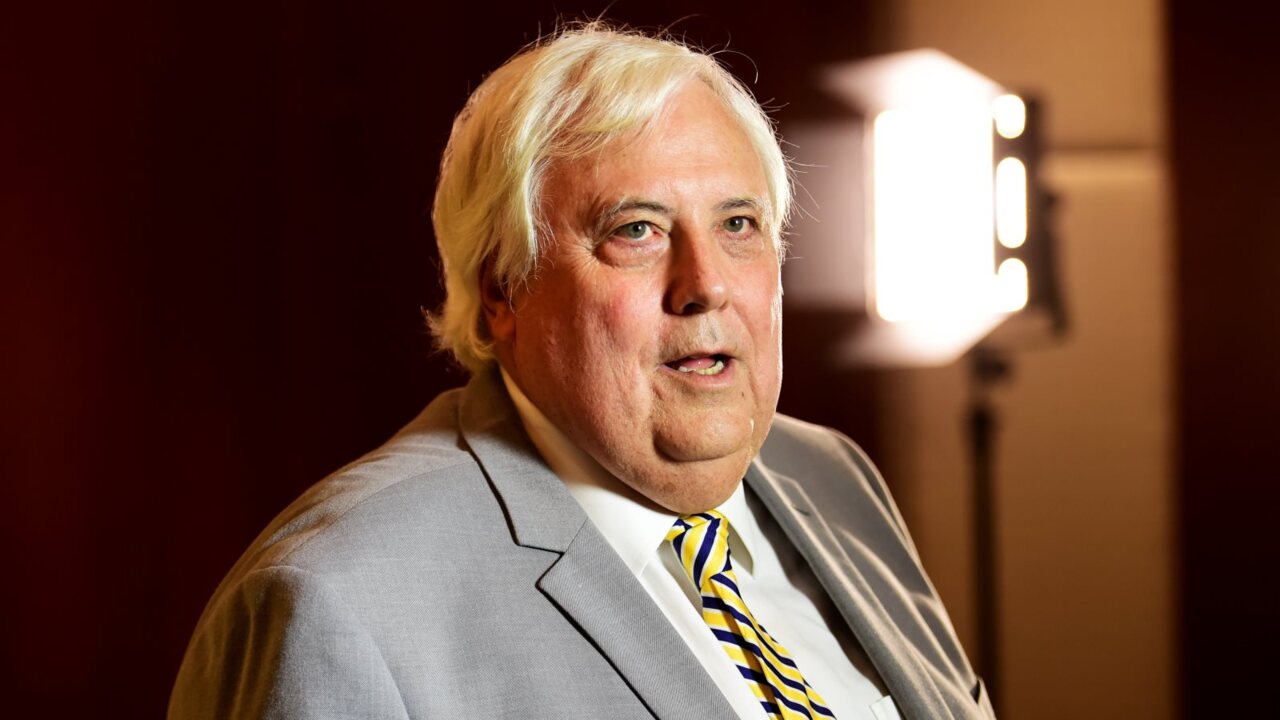Christopher Pyne: Electoral boundary shake up is unfair to the Liberals
South Australia’s system of regularly shifting election boundaries is a Labor legacy set to unfairly benefit that party as it has so often in the past, writes Christopher Pyne.

- Patrick calls for Chinese consulate closure over spy fears
- Check out these subscriber-only specials, giveaways and prizes
South Australia changes its state electoral boundaries after every election. Quite frankly, it has become ridiculous.
It’s a legacy of the Labor government’s of Mike Rann, Jay Weatherill and before them, right back in the 1980s, John Bannon, winning state elections without a majority of the statewide vote but with either a majority of the seats in the House of Assembly or being able to cobble together a minority government out of the crossbench or disaffected Liberals.
The most spectacular being in 2014, when a former leader of the SA Liberal Party, Martin Hamilton-Smith, agreed to join the Weatherill Labor government as a minister.
Having complained “up hill and down dale” for decades about the so called “Playmander” of the government of Sir Thomas Playford, the shoe was on the other foot and Labor was embarrassed into changing the SA Constitution to introduced a “fairness” test, which required the party with the most votes having the best chance of forming a government.
On a 50 per cent split, Labor could be able to form a government with a three-seat majority. How is that fair?
It didn’t really work. One of the reasons being that the Redistribution Commission insisted on counting on the Liberal side of the electoral pendulum seats that had traditionally been Liberal, despite the fact that their sitting MP was voting to keep in power a Labor government! Think Rory McEwen in Mount Gambier, Bob Such in Fisher, Geoff Brock in Frome, Martin Hamilton-Smith in Waite, just to name a few!
The “fairness” test has been scrapped but not this bizarre notion of having a redistribution after every election.
At the national level, a redistribution is held after every third election or when there is a significant population imbalance between states or seats based on a formula. It is driven by the desire to have roughly the same number of people in every seat within a state. Unfortunately, for South Australia, it isn’t based on the number of electors, as we have the highest number of electors per seat in the nation.
Due to the population decline in South Australia relative to other states, we now have 10 seats and Western Australia has 16. When I was first elected in 1993 to the House of Representatives, SA and WA had thirteen seats each.
Apart from the fact that the population has hardly changed in South Australia since the last election, changing the boundaries every four years is disruptive to electors and communities. Just when a local MP has become used to their new seat and the electors used to them, one in five get moved again. Some suburbs are moved almost every redistribution.
Last Friday, the draft boundaries for the next state election were issued by the Electoral Districts Boundaries Commission.
They are a draft and may well change before the final boundaries are gazetted in November.
They are unfair to the Liberal Party. At the next election, if the two major parties have a two-party preferred split in the votes of 50 per cent each, Labor wins. The boundaries hand government back to Labor after one term of the Marshall Government. Just like that, without Labor having to lift a finger. Once again, the commission has included Frome, held by Geoff Brock as a notional Liberal seat. How can that be when Brock has already indicated the party he prefers because he put the Weatherill Labor government back into power in 2014 and was a minister in that cabinet?
MORE NEWS
New boundaries put key seats within Labor’s reach
High profile ICAC cases could be dropped
Family quarantined after new virus case
The commission insists on the fantasy that Frome sits on the Liberal side and that the Liberals would have 23 seats based on this redistribution. The facts are, that on these boundaries, Labor would have 24 seats. If Brock continued his voting pattern, established in 2014, and supported Labor, they would have 25 to the Liberals 22.
On a 50 per cent split, Labor could be able to form a government with a three-seat majority. How is that fair?
The only way the commission can establish fairness (which, while not a mandatory consideration, is the purpose for redrawing the boundaries and remains one of the criteria in the Act) is to count Frome on the Labor side of the pendulum.
The last time Brock had a choice about whether he supported a Liberal or Labor minority government, he supported Labor. To count it any other way is nonsensical.
The twisted logic of counting seats where the incumbent supports a Labor government but used to be a Liberal seat was a factor in keeping the Liberals out of power for half of the 16 of the last Labor period in office.
The draft boundaries released on Friday would have had the Labor operatives in Trades Hall reaching for the caviar and Cristal champagne (or in Tom Koutsantonis’s case, the Penfold St Henri Shiraz 2012).
Without having to lift a finger, they have been placed in the box seat by the stroke of a pen on a map.

